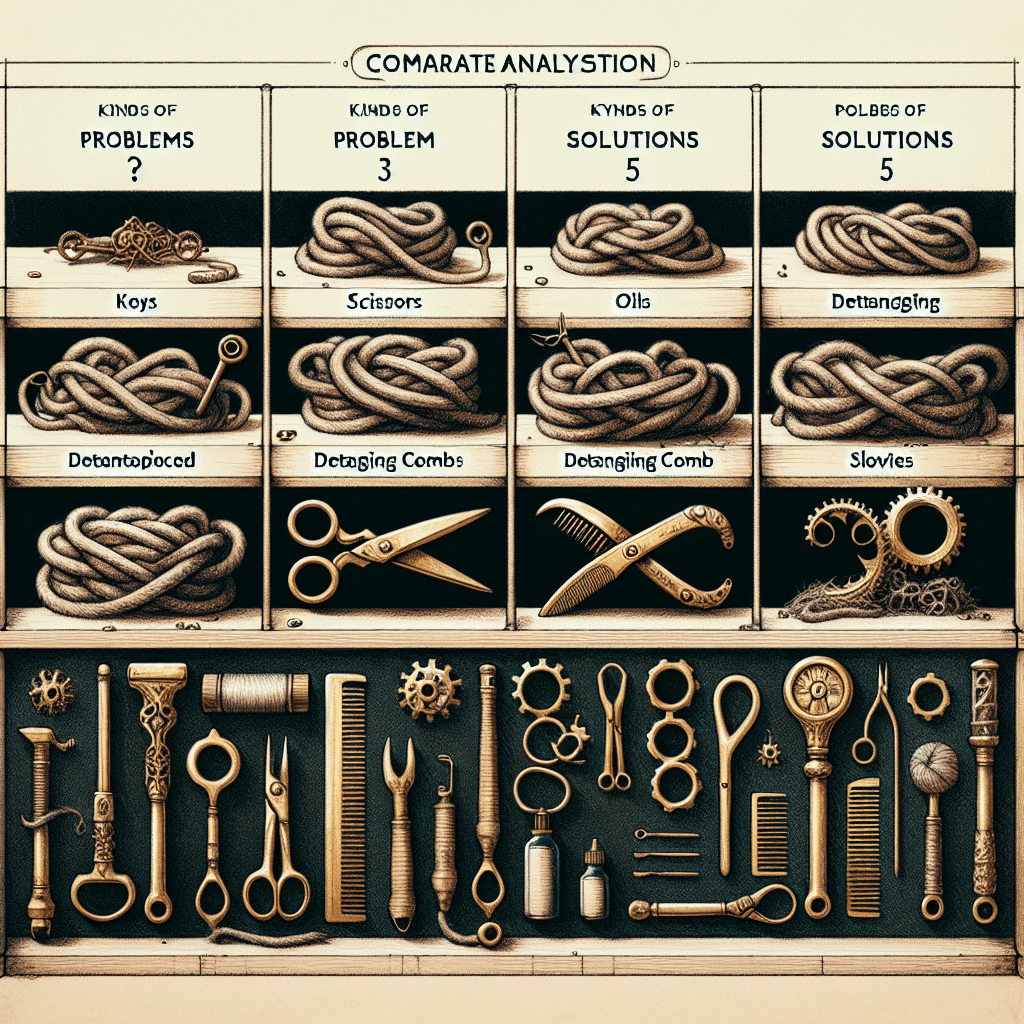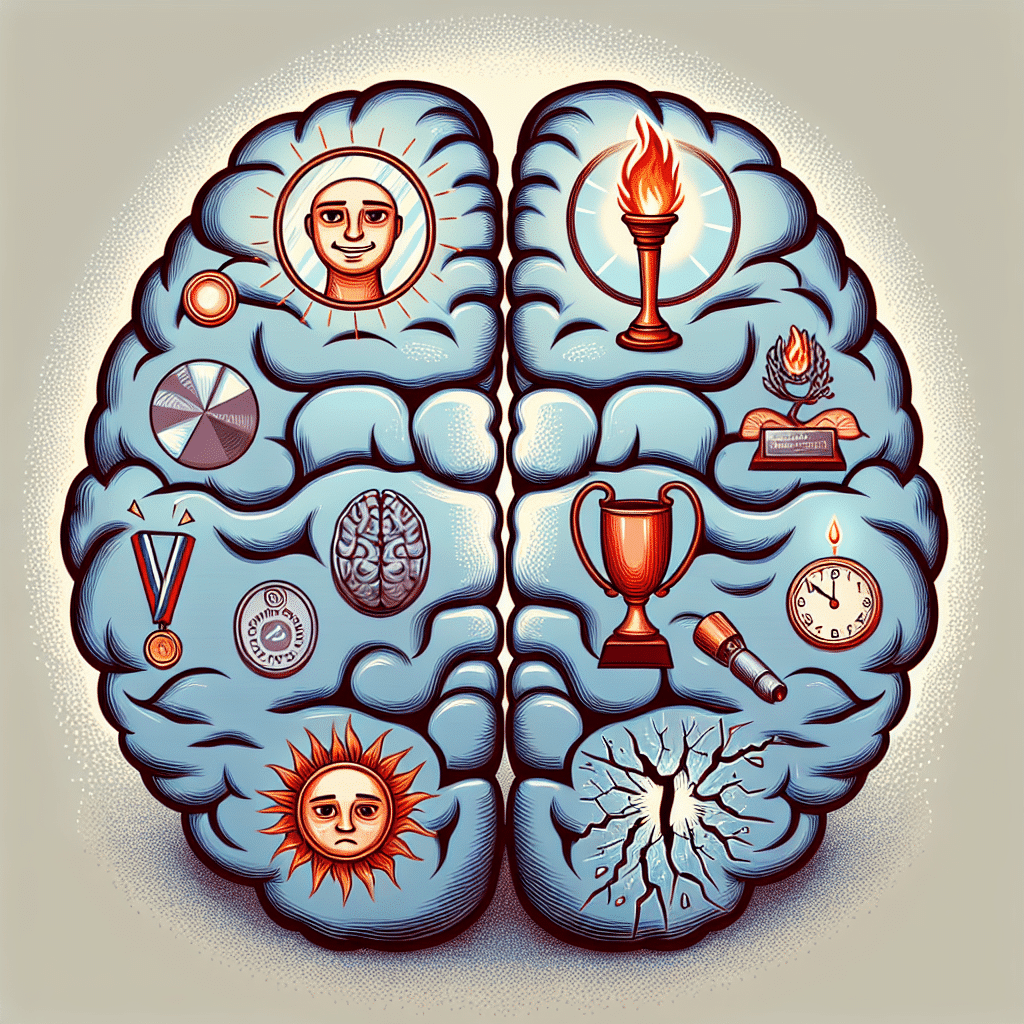
Problem-solving is a critical skill in various aspects of life, from personal challenges to professional tasks. It involves the identification of issues, analyzing data, and implementing solutions to address the problem at hand. This SEO-optimized section will delve into the definition of problem-solving and its importance in different contexts.
Overview of Problem-Solving Methods
Problem-solving is a crucial skill in various aspects of life, from personal to professional settings. There are several problem-solving methods that individuals and organizations employ to address challenges and achieve desired outcomes.
One common problem-solving method is the scientific method, which involves identifying a problem, conducting research, forming a hypothesis, testing the hypothesis, analyzing data, and drawing conclusions. This method is widely used in the fields of science and research.
Another popular problem-solving approach is the SWOT analysis, which stands for strengths, weaknesses, opportunities, and threats. Organizations often use this method to assess their internal capabilities and external environment, helping them make strategic decisions.
Root cause analysis is yet another method used to identify the underlying cause of a problem rather than just addressing the symptoms. By digging deep into the root cause, individuals and organizations can develop more effective solutions.
Design thinking is a problem-solving framework that emphasizes empathy, ideation, prototyping, and testing to create innovative solutions that meet user needs. This human-centered approach is commonly used in product design and development.
Collaborative problem-solving involves working with a team to brainstorm ideas, share expertise, and leverage diverse perspectives to tackle complex problems. This method encourages creativity, communication, and consensus-building among team members.
Agile problem-solving is an iterative approach that involves breaking down complex problems into smaller, manageable tasks. By continuously adapting to changing circumstances and feedback, individuals and teams can quickly adjust their strategies and solutions.
These are just a few examples of the problem-solving methods that individuals and organizations can use to navigate challenges and achieve their goals. Each method has its own strengths and weaknesses, making them suitable for different types of problems and situations.
Comparative Analysis of Problem-Solving Approaches
When it comes to problem-solving, there are various approaches that individuals and organizations can take. Each approach has its own strengths and weaknesses, making it important to assess them and determine the most effective method for a given situation. Let’s delve into a comparative analysis of some common problem-solving approaches:
1. Rational Problem-Solving
Rational problem-solving involves a systematic and logical approach to identifying, analyzing, and solving problems. This method typically follows a series of steps such as defining the problem, generating solutions, evaluating alternatives, and implementing the best solution. While this approach is structured and data-driven, it may be time-consuming and requires a high level of analytical thinking.
2. Creative Problem-Solving
Creative problem-solving emphasizes thinking outside the box and coming up with innovative solutions to challenges. This approach encourages brainstorming, experimentation, and unconventional thinking to generate new ideas. While creative problem-solving can lead to unexpected and creative solutions, it may lack the rigor and structure of a more rational approach.
3. Collaborative Problem-Solving
Collaborative problem-solving involves working with others to identify and solve problems collectively. This approach leverages the diverse perspectives and skills of team members to tackle complex issues. Collaboration can lead to more holistic and well-rounded solutions, but it may also introduce challenges such as decision-making biases and conflicts among team members.
4. Intuitive Problem-Solving
Intuitive problem-solving relies on gut feelings, instincts, and past experiences to make quick decisions and solve problems. This approach is often used in high-pressure situations where rapid decisions are required. While intuitive problem-solving can be efficient and effective, it may also be prone to biases and errors in judgment.
Overall, each problem-solving approach has its own merits and limitations. The most effective method will depend on the nature of the problem, the available resources, and the preferences of those involved in the process. By understanding the strengths and weaknesses of different problem-solving approaches, individuals and organizations can make more informed decisions and improve their problem-solving effectiveness.

Examples of Problem-Solving in Action
Problem-solving is an essential skill in various fields, from business to healthcare, education, and beyond. Let’s delve into some examples of how different problem-solving approaches have been utilized in real-life scenarios:
Analytical Problem-Solving
In a business setting, analytical problem-solving involves breaking down complex issues into smaller, more manageable parts. For example, a marketing team faced with declining sales numbers may use data analysis to identify key trends and patterns that could be impacting consumer behavior. By dissecting the problem in this way, they can develop targeted strategies to address specific issues and drive sales growth.
Creative Problem-Solving
In the field of design, creative problem-solving is often employed to overcome challenges in creating innovative solutions. For instance, a product designer tasked with developing a more ergonomic computer mouse may use creative problem-solving techniques such as brainstorming, prototyping, and user testing to come up with novel design concepts that enhance user comfort and functionality.
Collaborative Problem-Solving
In healthcare, collaborative problem-solving is crucial for addressing complex patient care issues that require input from multiple healthcare professionals. For instance, a team of doctors, nurses, and specialists working together to diagnose and treat a rare medical condition may hold interdisciplinary case conferences to share insights, exchange ideas, and develop comprehensive treatment plans that consider diverse perspectives and expertise.
Systemic Problem-Solving
In government and public policy, systemic problem-solving entails examining the interconnected factors contributing to social, economic, or environmental issues. For example, policymakers addressing urban poverty may use a systemic problem-solving approach to consider the systemic barriers that perpetuate poverty, such as lack of access to education, healthcare, and economic opportunities. By identifying and addressing root causes, policymakers can develop holistic strategies to create lasting social change.
These examples illustrate the diverse ways in which problem-solving approaches can be applied across different industries and disciplines to address complex challenges and drive innovation and progress.
Implications for Problem-Solving Effectiveness
Understanding the significance of Problem-Solving methods
Effective problem-solving methods are crucial in various fields, including business, education, and everyday life. By comparing different problem-solving approaches, individuals and organizations can identify the most suitable method for addressing specific challenges. The implications of problem-solving effectiveness lie in enhancing decision-making, critical thinking, and innovation.
Enhancing Decision-making
Comparative analysis of problem-solving methods can help individuals and teams make informed decisions. By evaluating the strengths and weaknesses of each approach, decision-makers can select the most appropriate strategy to tackle complex issues. This process leads to more efficient and effective decision-making, ultimately improving outcomes and performance.
Fostering Critical Thinking
Engaging in comparative analysis of problem-solving encourages critical thinking skills. By examining different methods, individuals are exposed to diverse perspectives and approaches to problem-solving. This exposure enhances cognitive abilities, such as analytical reasoning and logical thinking, which are essential for solving complex problems and making sound judgments.
Promoting Innovation
Comparative analysis of problem-solving can stimulate innovation and creativity. By exploring various problem-solving techniques, individuals and organizations can discover novel solutions and approaches to challenges. This process of experimentation and adaptation leads to the development of innovative ideas and strategies, driving progress and growth in different fields.
Conclusion
In conclusion, the comparative analysis of problem-solving methods has significant implications for decision-making, critical thinking, and innovation. By evaluating different approaches, individuals and organizations can enhance their problem-solving effectiveness and achieve better outcomes in various endeavors. Embracing diverse problem-solving techniques can lead to improved strategies, increased efficiency, and a competitive edge in today’s fast-paced and dynamic world.
Conclusion
Problem-solving is a critical skill that involves identifying, analyzing, and solving complex issues in various contexts. The comparative analysis of problem-solving approaches highlights the importance of understanding different methods and their effectiveness in addressing challenges.
By examining real-world examples of problem-solving in action, we can gain insights into the best practices and strategies that lead to successful outcomes. This knowledge can be applied to improve problem-solving effectiveness in various situations and industries.
Ultimately, a well-rounded understanding of problem-solving methods and their implications can empower individuals and organizations to tackle challenges with confidence and achieve desired results efficiently. It serves as a valuable tool for personal and professional growth.






